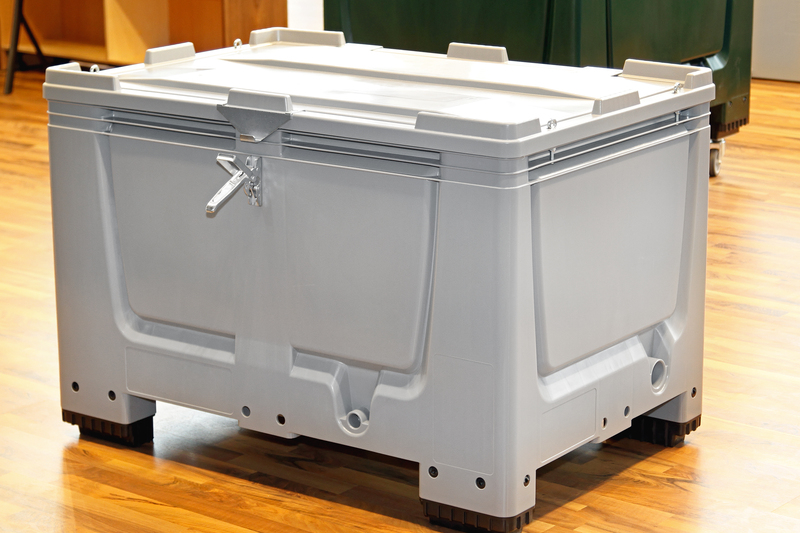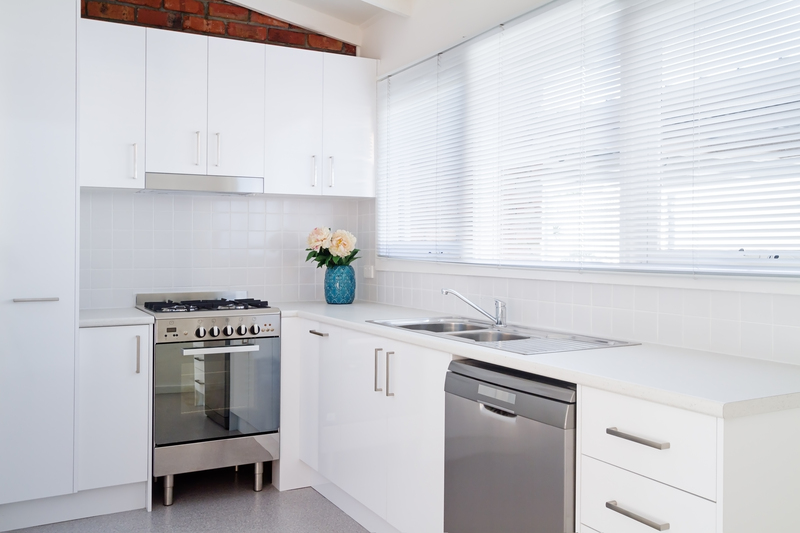Packing Guide for Fragile Art and Decorations
Posted on 23/08/2025
Packing Guide for Fragile Art and Decorations
Packing fragile art and decorations can be nerve-wracking, but with careful planning and meticulous attention to detail, you can ensure that your cherished items arrive safely at their destination. Whether you're relocating, shipping art to a gallery, or sending a special gift, this comprehensive guide will walk you through the best practices for packing and protecting delicate artwork and decorations.
Understanding Your Materials
Before diving into the packing process, it's crucial to understand the materials you'll need. The right materials can mean the difference between a safe arrival and a disastrous breakage. Here's a list of essential packing materials:
- Bubble wrap: Provides cushioning and protection against impacts.
- Foam sheets: Added layer of protection and can fill gaps in packing boxes.
- Packing paper: Helps wrap items securely without scratching surfaces.
- Cardboard corner protectors: Essential for framed artwork to prevent corner damage.
- Specialty boxes: Sturdy, double-walled boxes designed for fragile items.
- Foam peanuts: Lightweight filler that secures items in place.
- Glassine paper: Protects artwork from moisture and oil.
- Painter's tape: Holds wrapping materials together without damaging artwork.
- Labels: "Fragile" and "This Side Up" labels to indicate proper handling.

Preparing Artwork for Packing
Preparation is key when it comes to packing art and decorations. Follow these steps to prepare your items for safe transport:
1. Clean and Inspect
Ensure your art pieces and decorations are clean and free from dust or debris. Check for any pre-existing damage so you can make a note for future reference.
2. Disassemble If Possible
For larger decorations and sculptures, disassemble any removable parts. This makes packing easier and reduces the risk of damage.
3. Wrap with Glassine Paper
If you're packing paintings or prints, cover the artwork with glassine paper. This protective layer will shield the surface from fingerprints, moisture, and debris.
Packing Different Types of Art and Decorations
Different art pieces and decorations require different packing techniques. Here's how you can pack them effectively:
Paintings and Framed Artwork
1. **Protect the Corners:**
Use cardboard corner protectors to shield the corners of framed artwork. These are the most vulnerable points that often get dinged or damaged during transit.
2. **Wrap with Bubble Wrap:**
Wrap the entire framed piece in bubble wrap, securing it with painter's tape. Ensure the bubbles face inward for maximum protection.
3. **Place in a Specialty Box:**
Place the wrapped artwork in a sturdy, well-fitted specialty box. Fill any gaps with foam sheets or peanuts to keep the item snug and immobile.
Sculptures and 3D Decorations
1. **Cushion the Base:**
Start by placing a layer of packing peanuts or crumpled paper at the bottom of the box.
2. **Wrap and Stabilize:**
Wrap each piece of the sculpture in multiple layers of bubble wrap, securing with tape. If the sculpture is particularly fragile or has delicate parts, consider adding an extra layer of foam sheets for added protection.
3. **Fill Voids:**
Place the wrapped sculpture in a box and fill all empty spaces with packing peanuts or foam sheets to prevent movement.
Glass and Ceramic Items
1. **Wrap Individually:**
Each glass or ceramic item should be wrapped individually with bubble wrap. Use painter's tape to secure the wrap without leaving residue.
2. **Double Box Method:**
Place the wrapped item in a smaller box filled with foam peanuts. Then place this smaller box inside a larger one, also filled with packing material. This double-layer protection is ideal for highly fragile items.
Labeling and Sealing
Proper labeling and sealing can significantly impact how your packages are handled during transit.
- **Seal Boxes Securely:** Use high-quality packing tape to seal all seams and openings. Reinforce the bottom of the boxes to ensure they can handle the weight of the contents.
- **Label Clearly:** Affix "Fragile" and "This Side Up" labels on multiple sides of the box. Clear labeling helps handlers understand how to manage the package carefully.
Additional Tips and Best Practices
Even with the right materials and techniques, there are additional practices that can enhance the safety of your fragile items:
1. Insurance
Consider purchasing shipping insurance for valuable items. This provides financial protection in the rare event that your items are damaged during transit.
2. Temperature Control
If shipping items that are sensitive to temperature changes (such as certain types of paint or delicate glasswork), choose a shipping service that offers climate control.
3. Documentation
Take photographs of each item before packing them. This documentation can be useful for insurance claims or if you need to verify the item's condition after shipping.
4. Avoid Overpacking
While it's essential to secure items, overpacking can put unnecessary pressure on the contents, potentially causing damage. Ensure items are snug but not compressed.
5. Custom Crating
For exceptionally fragile or valuable artwork, consider investing in custom crating. Professional crating services use advanced materials and techniques to provide the best possible protection.
6. Handling Instructions
Include detailed handling instructions inside the box for the recipient or for those handling the package during transit. This can include information on how to unpack each item carefully.

In Conclusion
Packing fragile art and decorations demands attention to detail, the right materials, and careful planning. By following this guide, you can significantly reduce the chances of damage and ensure that your cherished items reach their destination in pristine condition. Whether it's a valuable piece of artwork, a delicate sculpture, or a sentimental decoration, the methods outlined here provide a comprehensive approach to secure packing. Happy packing!
Summary
Understanding the materials, proper wrapping techniques, secure boxing, clear labeling, and additional best practices are crucial for safely packing and transporting fragile art and decorations. Always take your time, and don't hesitate to consult professional packing services if needed. With careful attention to detail, you can confidently ship or move your precious items without worry.




